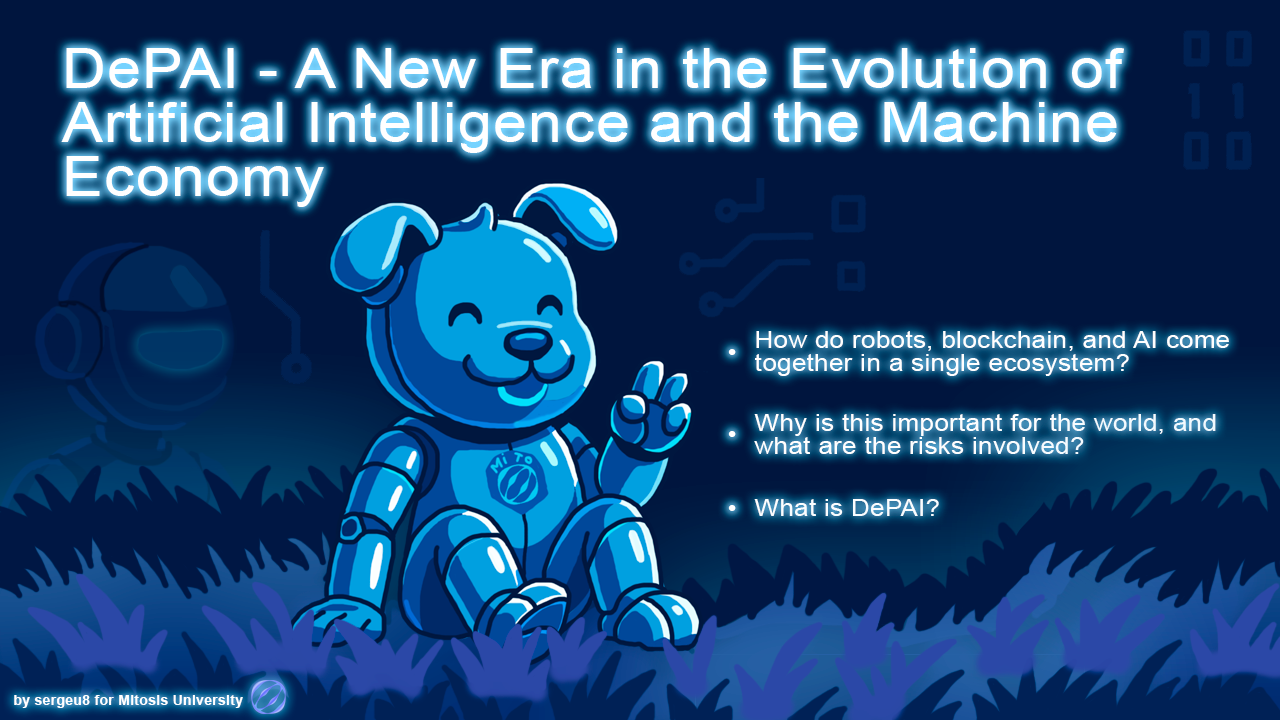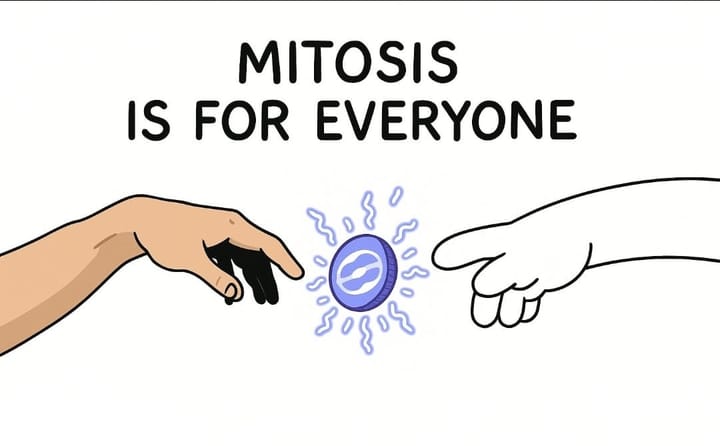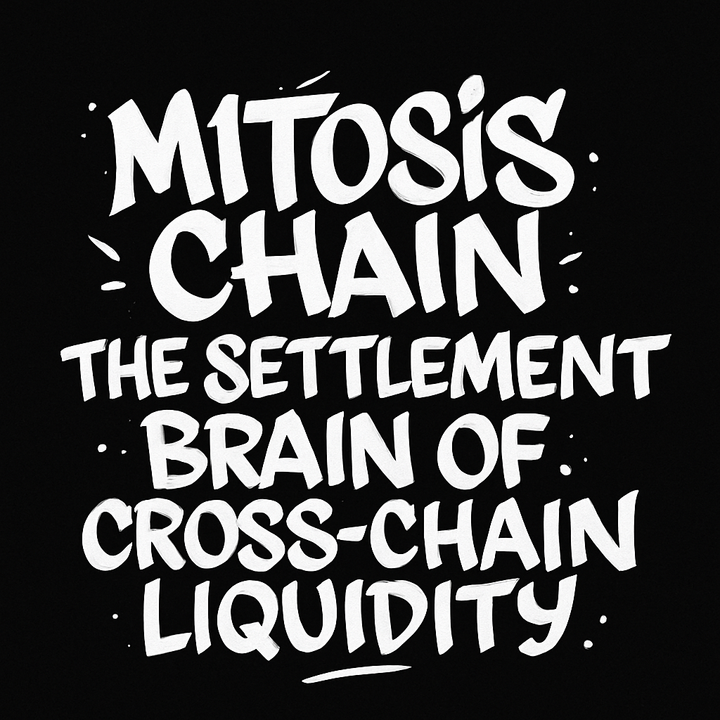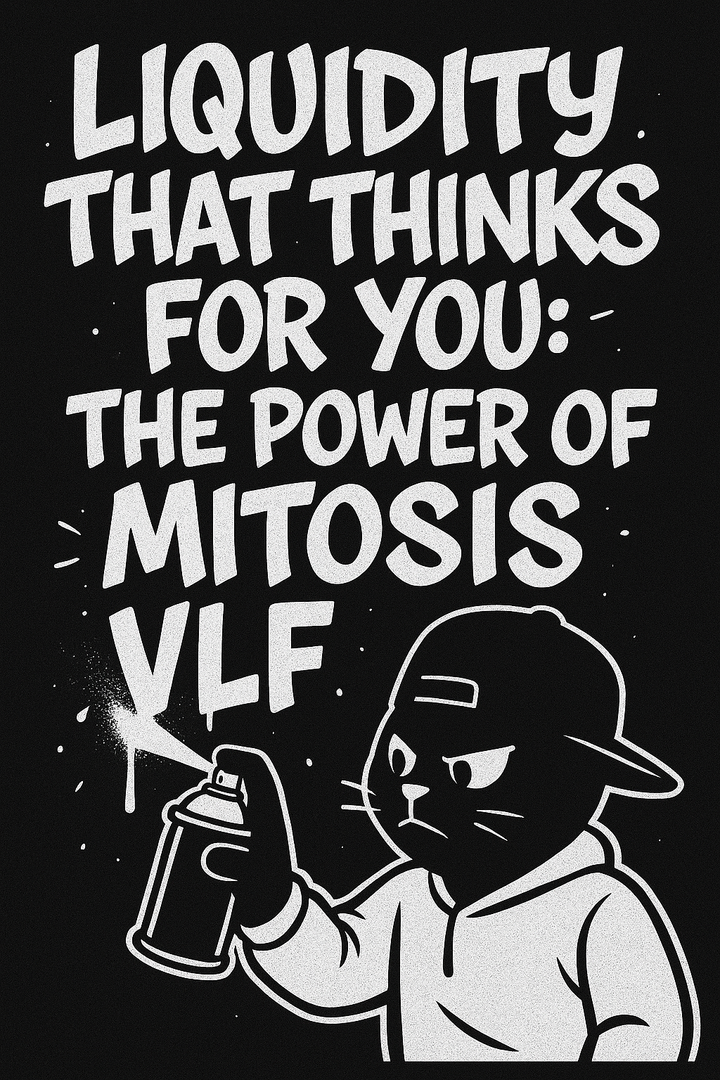DePAI - A New Era in the Evolution of Artificial Intelligence and the Machine Economy

Introduction: When Robots Become Part of the Economy
Have you ever wondered what a world might look like where smart machines make their own decisions, work for the benefit of people, and operate independently of corporations? In January 2025, Nvidia CEO Jensen Huang proposed a revolutionary concept at CES - Physical AI (PAI) - artificial intelligence that can “live” in the real world.
Just a month later, the crypto industry adapted this idea to Web3. The analytics platform Messari released a report introducing a new model of interaction between humans, machines, and Web3 - the birth of DePAI (Decentralized Physical AI). According to analysts, this model could become the foundation for the future machine economy, where robots operate autonomously, securely, and transparently.
In February, Messari analyst Dylan Bain added the word "decentralized" to the acronym.
Own your robots.
— Dylan Bane (@dylangbane) February 11, 2025
Decentralized Physical AI (DePAI) offers an alternative to centralized control of robots and the Physical AI infra stack.
From real world data collection to Physical AI Agents operating robots deployed by DePIN, DePAI is well on its way.@MessariCrypto 🧵 pic.twitter.com/ukskuYIG75
“DePAI is the biggest crypto trend for the next two years,” stated crypto influencer Miles Deutscher in April.
But what does this term really mean? How do robots, blockchain, and AI connect into one ecosystem? And how can everyday people benefit? Let’s break it down.
Part 1. Physical AI: Smart Machines That Understand the World
The Concept of Physical AI (PAI)
Modern AIs like GPT can write texts, code, and hold conversations, but they can’t control real-world robots. Nvidia's solution? Train machines in a simulated environment that mimics the real world. CEO Jensen Huang announced the launch of the Cosmos platform - a training environment that teaches robots in a simulated 3D twin of reality. Using World Foundation Models (WFM), it simulates object behavior, light, motion, and interaction, creating a safe and cost-effective training ground. As Huang put it:
“We sincerely hope Cosmos will do for robotics what LLaMA 3 did for industrial AI.”
Cosmos allows robots to be trained in virtual factories, cities, and homes - learning to move, avoid obstacles, perform tasks, and adapt.
Real-world examples of PAI:
- Autonomous mobile robots - navigate warehouses using sensor data;
- Robotic arms - adjust grip based on item position, showing adaptive motor skills;
- Surgical robots - learn to perform precise procedures, such as suturing;
- Humanoid robots - interact with their surroundings in human-like ways.
The core idea is continuous learning. Robots are rewarded for correct actions, teaching them to complete increasingly complex tasks.
What began as content-generating AI is becoming autonomous agents capable of independent decisions. What’s missing? Efficient physical "bodies."
Messari's DePAI map outlines six major categories by function.

🔗 How Does DePAI Work? (With Examples)
1. DePIN Networks - The Eyes and Ears for Robots
DePAI is built on Decentralized Physical Infrastructure Networks (DePINs), which provide data, energy, and compute power to AI agents. For example:
- GEODNET - gathers geospatial data;
- WeatherXM - rewards weather station owners with tokens for contributing data;
- Hivemapper - a crowdsourced alternative to Google Maps;
This information helps robots understand the world around them: the weather, street layouts, and human activity.
2. Robots & DAOs - Shared Ownership of Machines
Projects like Frodobots create low-cost delivery robots, while Xmaquina allows people to co-own and profit from robots via DAOs (Decentralized Autonomous Organizations).
3. Peaq and IoTeX - Blockchains for the Machine Economy
These platforms power millions of parallel operations between AI, sensors, and humans. Think of them as the nervous system of a robotic world, enabling real-time data exchange and transactions.
Why Does This Matter?
DePAI offers an alternative to centralized control, allowing users to participate in AI development and benefit from it. As Miles Deutscher emphasized:
“DePAI is the biggest trend in crypto for the next two years.”
New phrase to keep an eye on: DePAI.
— Miles Deutscher (@milesdeutscher) April 14, 2025
Will be one of the biggest trends in crypto over the coming 1-2 years.
Stands for "Decentralised Physical AI Infrastructure Stack":
• AI agents
• On-chain robotics
• Crowdsourced data
• Incentivised compute
Will post my top picks soon. pic.twitter.com/JTioqfwJYz
This isn’t just a trend - it’s a new economic model where machines learn, work, and make decisions in the interest of people, not corporations.
DePAI helps:
- 💡 Encourage robots to act in humanity’s interest.
- 🌐 Promote global participation without monopolies.
- 🤝 Make advanced tech accessible to everyone, not just investors.
⚠️ What Are the Risks?
Like any emerging technology, DePAI comes with challenges:
- Privacy - How do we protect personal data in the real world? Using real-world data (faces, voices) can raise regulatory risks;
- Security - What if hackers take over the robots? Requires smart contract protection, encryption, and built-in robotic safeguards;
- Standards - How do we ensure devices follow common rules? Diverse protocols require hardware and software unification;
- Scalability - Needs high bandwidth, robust blockchain infrastructure, and fast hardware;
- Liability - Who’s responsible if a robot causes harm?
Conclusion
DePAI aims to bring AI closer to people and make technology fairer. It combines advancements in blockchain, robotics, and AI to form a platform where anyone can help shape the machine economy of the future.
Key Takeaways:
- Learn how to interact with DAOs - they’re the governance model of the future.
- Watch DePIN projects - they’re foundational to smart cities.
- Understand AI and Web3 - they already shape tomorrow’s economy.
“It’s crucial for users to understand who owns the tech, who sets the standards, and who profits,” wrote ForkLog.
What’s Next?
- Will DePAI-powered robots replace centralized AI systems?
- Can people truly participate in the machine economy, or just observe it?
- Are corporations ready to give up control to communities?
Time will tell. But one thing is clear:
DePAI is not science fiction - it’s a real step toward a new digital age.



Comments ()